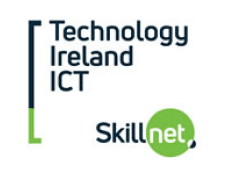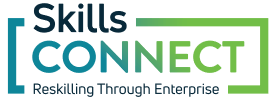About This Course
CompTIA Cloud Essentials+ is the only internationally recognized, vendor-neutral certification utilizing key business principles and fundamental cloud concepts that validate data-driven cloud recommendations.
The CompTIA Cloud Essentials exam will show that the successful candidate has the knowledge and understanding of the main cloud computing principles and concepts. Successful candidates will understand what cloud computing means from a business and technical perspective, as well as what is involved in moving to and governing the cloud.
Participants: 25
Certification: CompTIA Cloud Essentials CLO-002
Learning Outcomes
- Characteristics of Cloud Services from a Business Perspective
- Cloud Computing and Business Value
- Technical Perspective/Cloud Types
- Steps to Successful Adoption of Cloud
- Computing
- Impact and Changes of Cloud Computing on IT Service Management
- Risks and Consequences of Cloud Computing
Who Should Attend
Students attending this course must have a strong interest in cloud computing and Information Technology.
Course Syllabus
Module 1: Characteristics of Cloud Services from a Business Perspective
- Understand common terms and definitions.
- Describe the relationship between cloud computing and virtualization.
- Name early examples of cloud computing.
- Understand several common definitions of cloud computing and their commonalities/differences.
- Recognize what types organizations might benefit from cloud computing.
- Recognize what types organizations might not benefit from cloud computing.
- Distinguish between the different types of clouds.
Module 2: Cloud Computing and Business Value
- Recognize the similarities and differences between cloud computing and outsourcing.
- Understand the following characteristics of clouds and cloud services from a business perspective.
- Demonstrate how the characteristics of cloud computing enhance business value.
Module 3: Technical Perspectives/Cloud Types
- Understand the difference between private and public types of clouds.
- Understand at a high level the important techniques and methods for cloud computing deployment.
- Explain technical challenges and risks.
- Describe the impact of cloud computing on application architecture and the application-development process.
Module 4: Steps to Successful Adoption of Cloud
- Explain typical steps that lead to a successful adoption of cloud computing services.
- Understand the roles and capabilities of cloud computing vendors and dependencies on the vendors
- Describe multiple approaches for migrating applications
Module 5: Impact and Changes of Cloud Computing on IT Service Management
- Understand the impact and changes cloud computing on IT service management in a typical organization.
- Service Transition
Module 6: Risks and Consequences of Cloud Computing
- Compliance risk and regulatory framework
- Implications for direct cost and cost allocations.
- Maintain strategic flexibility.







